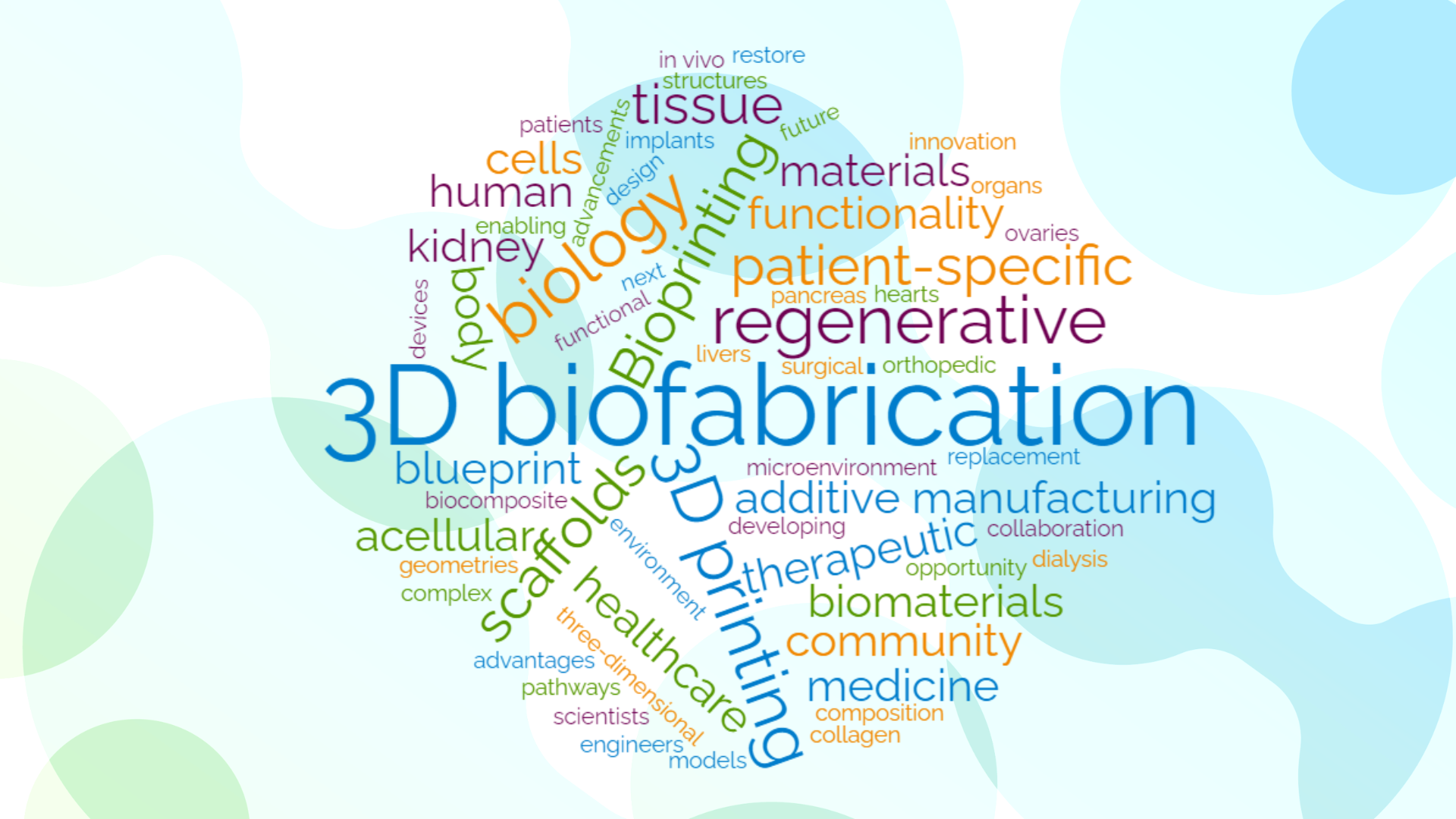
Additive manufacturing, aka 3D printing, has accelerated medicine in important ways – from surgical guides and training models to patient-specific and biocomposite orthopedic implants.
Thanks to continued advancements in 3D printing and our ever-increasing understanding of cells and the human body, scientists and engineers are now trying to directly manufacture biology ex vivo. Their time and attention have been spent developing entire organs – kidneys, pancreas, hearts, livers, even ovaries.
Upon this success, organ shortages will be a thing of the past, and the implications for health care are profound. Yet most experts agree that a world in which a 3D-printed organ could be successfully implanted in a human to replace a diseased or dysfunctional organ is at least ten years out.
That’s not to say we shouldn’t go after a moonshot, and I have no doubt we’ll get there based on how far we’ve come in the last 35 years.
But to achieve that future requires a shift in thinking:
We often don’t need a fully structured organ to replicate its functionality. To address a medical condition, we often just need to induce the function of an organ, not replace the organ altogether. For example, if we can restore kidney function through a 3D-printed replacement for dialysis, we may never need a complete 3D-printed kidney.
To achieve this type of functionality in the near term, we don’t have to print cells – at least not yet. That’s because acellular biomaterials can direct and collaborate with biology. The opportunity for 3D printing over the next few years is to expand our use and understanding of biomaterials that influence cell behavior.
A blueprint for cell function
We are beginning to understand we cannot just inject cells into the body and expect them to behave as we desire. We have to give these cells the right environment to succeed.
The three-dimensional environment surrounding cells plays an essential role in determining cell fate. If we can manipulate these microenvironments, we can direct cells to regenerate tissue and restore function. Said another way: Cells respond to their surroundings. Their three-dimensional microenvironment provides important developmental and behavioral cues.
We know additive manufacturing and advanced biomaterials allow for developing products with highly complex geometries. When we couple that with what we now know about biology, we can engineer microenvironments that impart function.
This is an exciting shift because it is no longer solely about the advantages of 3D printing as a manufacturing method. 3D printing is actually enabling functionality.
We should think of the 3D-printed microenvironment as a blueprint, directing cells to behave according to the design template – a set of instructions that promote the desired biological response, whether cell differentiation, collagen deposition or new blood vessel formation.
How do we get there?
The 3D-printing community should consider regenerative biomaterials as the next phase in the innovation journey. The therapeutic potential of this approach is enormous. Not to mention that a sophisticated understanding of the microenvironment’s role in cell function is a prerequisite to our ability to 3D print whole, functional organs.
Focusing on acellular structures first has many practical benefits too. Regulatory pathways already exist, and there’s far greater simplicity in getting materials and structures approved when cells aren’t involved. Today, over 200 additively manufactured devices have been approved by the FDA for use in patients in the United States.
Manufacturability and the delivery of products that are safe, shelf-stable, and easy to store are essential to the success of any therapeutic product. An emphasis on materials that direct cells will allow us to develop therapeutic products that come complete with a compelling business case.
Conclusion
To get there, we must continue building on the past success of additive manufacturing in medicine while advancing our understanding of how material composition, architecture, and biology collaborate.
Restoring biological function may not be as sexy as 3D printing an entire kidney. Still, major benefits will arise if the additive manufacturing community focuses on how the structure and composition of acellular materials influence biology. Through this, we will lay the foundation for future innovation while introducing a new class of regenerative therapeutic products with enormous benefits to the entire healthcare industry and the patients it serves.
Find more about developments in 3D biofabrication and medical 3D printing at the AM Medical Summit, November 1-3 in Minneapolis.


